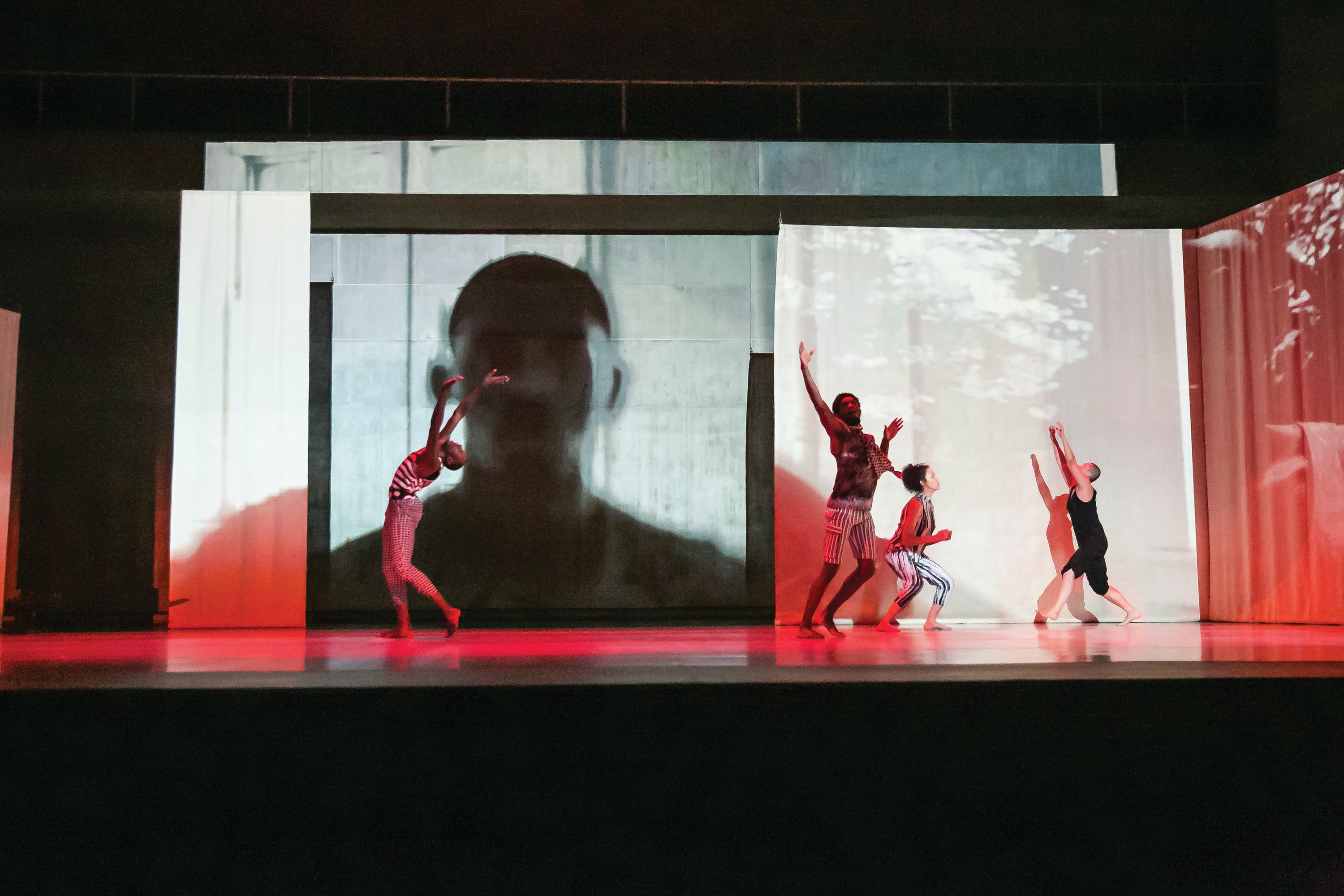COMMISSIONED ART
Professor of Art Jeffrey Schiff was pleased to learn that people are touching his sculpture for good luck on their way into the Connecticut State Courthouse in New Britain.
Although he didn’t foresee its use as a talisman, Schiff had hoped that the sculpture would find a place in the everyday life of the building. Conceptually, he had wanted to bring the judicial process down to an intimate level. He also sought to express the convergence of diverse lives, ushered by conflict to a single physical location.
Between the idea and its execution lay a host of challenges. He found a Wesleyan architecture student to render his model and drawings in a CAD program so that an engineer could confirm its viability. The structure is innovative in that there are no vertical bars to hold the weight—only diagonals.
A company in Minnesota quarried the special granite slab on which the sculpture rests, measuring ten feet in diameter and weighing three tons. Transporting it to Connecticut required wide load permits in every state crossed. He turned to other specialty companies for high-quality stainless steel and brass.
No two angles in the piece are the same, yet all fit seamlessly in a web of geometric complexity. A computerized router cut grooves in the granite for inlaid steel bars. For the precision machining essential to success, Schiff called on Wesleyan’s skilled machinists in the scientific support services. Director David Boule and instrument makers Bruce and David Strickland are accustomed to working with minute tolerances for custom-built scientific instrumentation. With their help, the collection of steel rods, configured at odd angles to support a brass railing, all came together with gratifying perfection.
“The imagery uses lines and circles to evoke themes central to the experience of justice,” Schiff explains. “Stainless steel lines in the pavement come from all directions to converge on a dark granite circle in the concrete plaza. Within the circle, the crisscrossing lines represent intersecting paths at cross-purposes—the inevitable conflicts the courts must adjudicate. Each line rises from the ground as a three-dimensional diagonal that holds up a segment of the circular handrail: the complete circle that symbolizes the consensus we citizens share and abide by in a civil society.”
The project took four years from inception to completion. Schiff tells his students that his challenges were similar to those he asks them to consider when they design temporary installations in and around the Center for the Arts: how to create a piece that is responsive to the site. Schiff’s sculpture meets that challenge with richness and ambiguity. It changes according to the variance in light during the days and seasons. And, he says, he’s relieved it’s finally done.

